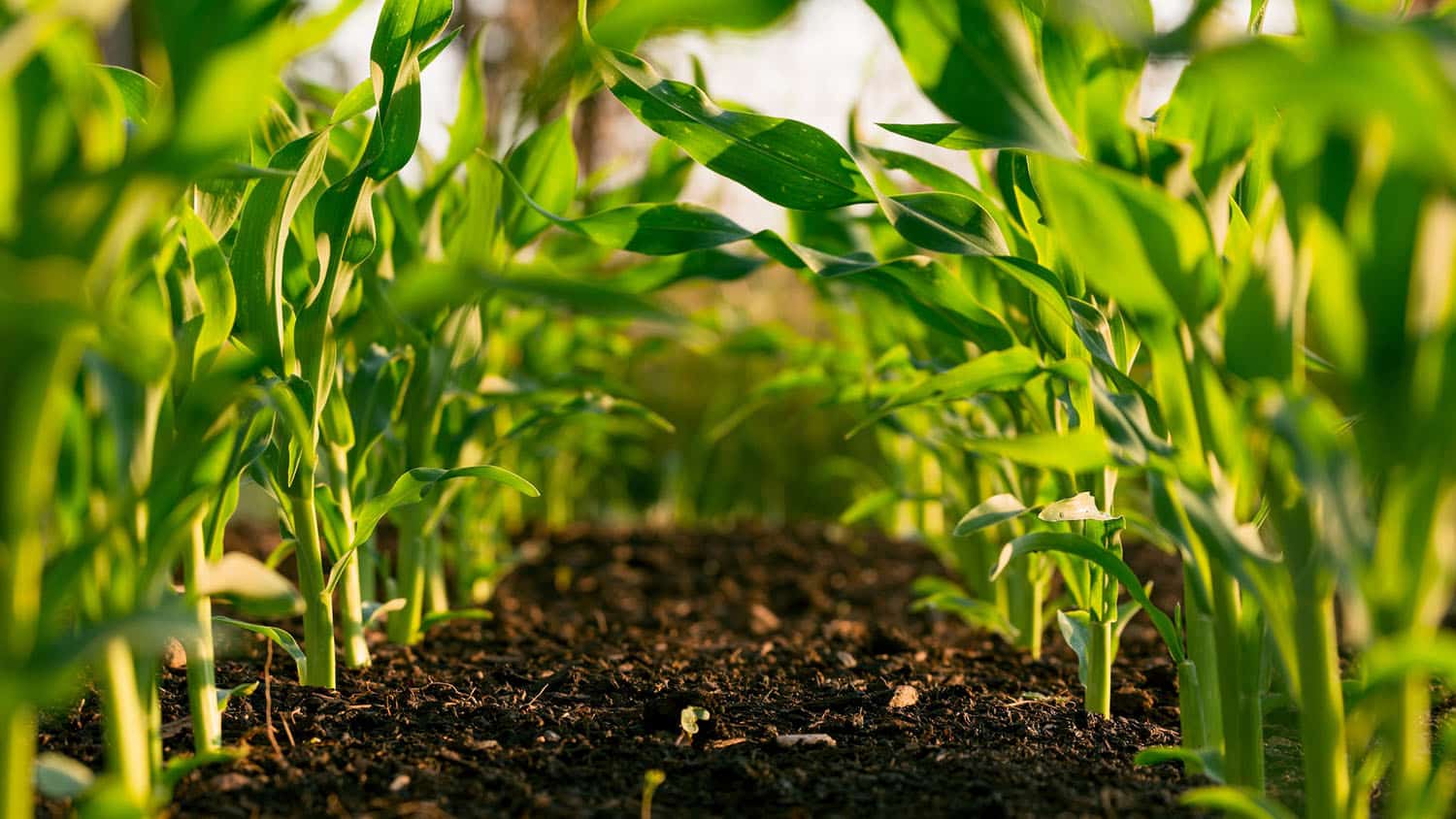For Immediate Release
Researchers have developed a computer model that forecasts yield for four key crops in the southeastern United States: cotton, corn, sorghum, and soybeans. The tool is designed to help farmers and government water resource managers make informed decisions about crop selection and irrigation techniques in the face of a changing climate.
“Due to climate change, seasonal rainfall amounts in the Southeast are expected to fluctuate significantly from what we’ve seen in the past,” says Hemant Kumar, first author of a paper on the work and a Ph.D. student at North Carolina State University.
“For example, we are likely to see more periods of drought, as well as more periods of heavy rainfall during summers. Our model draws on climate, groundwater and agricultural data to do two things: help water managers make efficient use of the available water resources on a county-by-county basis; and help farmers in individual counties identify ways to maximize their crop yields by efficiently utilizing water and energy. We found that using deficit irrigation strategies, rather than conventional irrigation techniques, increased profits by reducing the pumped water amount by 14% (245,000 acre-feet) annually.”
The new tool, which the researchers call the regional hydroeconomic optimization modeling framework (RHEO), draws on a host of data. The model incorporates long-term and seasonal rainfall forecasts; groundwater level data from the U.S. Geological Survey; soil characteristics for each county; the water consumption of each crop; the cost of irrigation on a county-level basis; crop price data from the U.S. Department of Agriculture; and crop production budget data from other agricultural researchers.
“All of this data is fed into RHEO, which then predicts the yield per unit area for each crop on a county-level basis,” Kumar says. “For example, it would forecast how many bushels of corn, soy, sorghum or cotton you could grow per acre in a given county. It would also forecast what your irrigation costs would be for each of those crops and, taking those things into account, predict which crop and irrigation strategy would be most profitable and environmentally sustainable.”
In their paper, the researchers demonstrated the utility of the model by applying it to 31 years’ worth of historical data from 21 counties in southwestern Georgia.
“We found that RHEO was able to predict variability in each of our four target crops, as well as identify irrigation strategies that would reduce related costs,” Kumar says. “Ultimately, this proof-of-concept work demonstrates that RHEO could be used to reduce energy consumption associated with pumping groundwater, improve water efficiency and boost crop yield.”
The researchers noted that the RHEO model is currently calibrated for the 21 counties that were used for the proof-of-concept demonstration. Applying the tool to other parts of the Southeast would require them to use data relevant to each region.
“However, we are open to working with water managers and agriculture industry groups to make RHEO available to stakeholders across the Southeast,” Kumar says. “We think the work is important, and would love to see people put this tool to use.
“Climate change increases the unpredictability associated with agriculture, but we’re optimistic that this tool will help growers and water resource managers deal with that increased uncertainty.”
The paper, “Understanding the Food-Energy-Water Nexus in Mixed Irrigation Regimes Using a Regional Hydroeconomic Optimization Modeling Framework,” is published open access in the journal Water Resources Research. The paper was co-authored by Sankar Arumugam, a professor of civil, construction and environmental engineering at NC State; and by Tingju Zhu of Zhejiang University.
The work was done with support from the National Science Foundation, under grant number 1805293, and from a U.S. Geological Survey Southeast Climate Adaptation Science Center graduate fellowship.
-shipman-
Note to Editors: The study abstract follows.
“Understanding the Food-Energy-Water Nexus in Mixed Irrigation Regimes Using a Regional Hydroeconomic Optimization Modeling Framework”
Authors: Hemant Kumar and A. Sankarasubramanian, North Carolina State University; and Tingju Zhu, Zhejiang University
Published: June 12, Water Resources Research
DOI: 10.1029/2022WR033691
Abstract: Understanding the nexus between food, energy, and water systems (FEW) is critical for basins with intensive agricultural water use as they face significant challenges under changing climate and regional development. We investigate the food, energy, and water nexus through a regional hydroeconomic optimization (RHEO) modeling framework. The crop production in RHEO is estimated through a hierarchical regression model developed using a biophysical model, AquaCropOS, forced with daily climatic inputs. Incorporating the hierarchical model within the RHEO also reduces the computation time by enabling parallel programming within the AquaCropOS and facilitates mixed irrigation—rainfed, fully irrigated and deficit irrigation—strategies. To demonstrate the RHEO framework, we considered a groundwater-dominated basin, South Flint River Basin, Georgia, for developing mixed irrigation strategies over 31 years. Our analyses show that optimal deficit irrigation is economically better than full irrigation, which increases the groundwater pumping cost. Thus, considering deficit irrigation in a groundwater-dominated basin reduces the water, carbon, and energy footprints, thereby reducing FEW vulnerability. The RHEO also could be employed for analyzing FEW nexus under potential climate change and future regional development scenarios.



